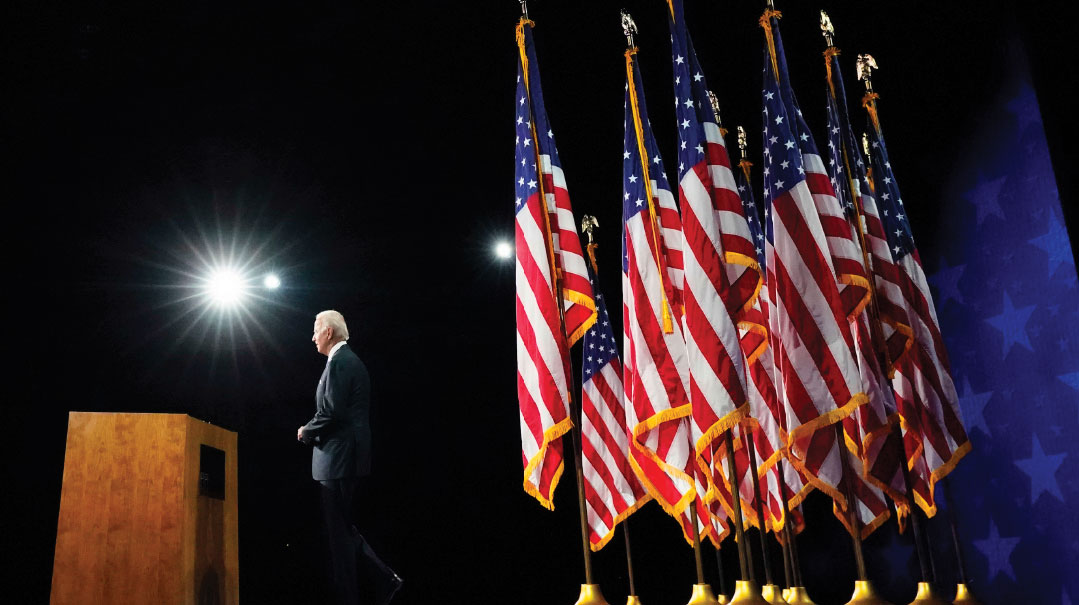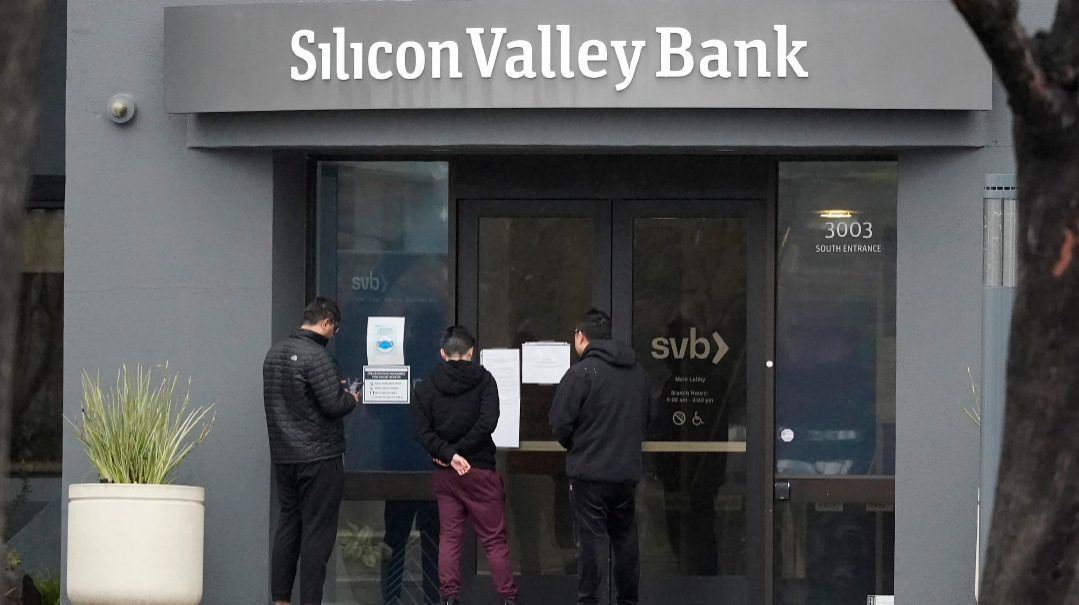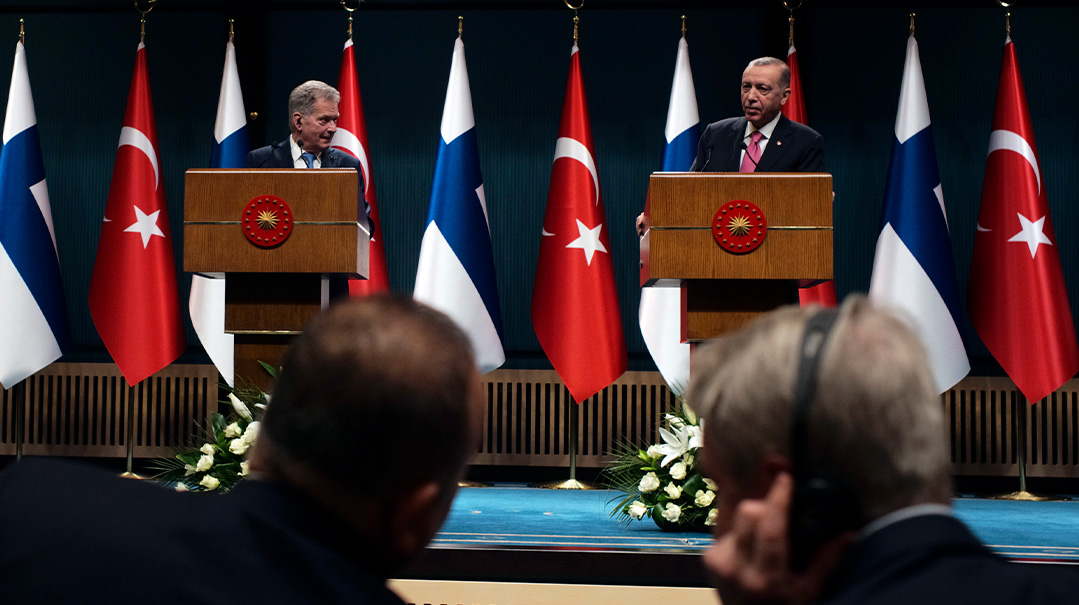Virtual Convention Takeaways

Last week’s Democratic convention went completely virtual. How did that go for the Dems?

Photo: AP Images
Coronavirus restrictions have forced us to alter so many of our daily routines, it was inevitable that longstanding traditions would also be affected. America’s quadrennial political conventions are a case in point.
While the 2020 Republican convention is going ahead with a limited number of participants observing the restrictions, last week’s Democratic convention went completely virtual. How did that go for the Dems? Here are some takeaways.
The progressives were sidelined. Alexandria Ocasio-Cortez only got 94 seconds of speaking time. Her speech was mainly a technical matter — she was tasked with nominating Bernie Sanders, as required by convention rules. But in her minute and a half, she didn’t even mention Biden’s name, let alone endorse him.
The Democratic radical wing was furious that its star received such shabby treatment. But Biden’s campaign realizes that for every voter feeling snubbed by the disregard shown to AOC, there are two who would stay home or vote Trump if the party paid her more respect.
It was no coincidence that Michael Bloomberg was allotted 15 minutes to speak. The Democrats made a conscious effort to paper over the conflict between the moderates and the radicals, and they partially succeeded. The protests of Bernie Sanders supporters outside the 2016 Democratic convention were absent this time.
The Democrats also invited John Kasich, Colin Powell, and other former Republicans, hoping to signal to moderate GOPers that Joe Biden is their man. While the message might have appealed to the small coterie of Never-Trumpers, it’s unlikely to cause a massive crossover of Republican voters.
The vote confirming Biden’s nomination was a keeper. The short videos from each of the 57 states and territories allowed the party to project its geographic and demographic diversity. This was much more successful than the usual chaos around the delegate tally, with each state announcing its vote by microphone in a raucous atmosphere. If regular conventions return after COVID-19, it would be logical to keep this new format and spare delegates the costs of being present on the convention floor.
Biden’s speech was a success. While many party officials gripped their seats with white knuckles, the former vice president managed to deliver his message coherently and effectively. The fact that the convention was held without a physical audience actually helped Biden, who isn’t considered an inspiring orator.
In the end, it just wasn’t the same. Without the live audience, there wasn’t that electric atmosphere. Even Obama’s aggressive speech came across as relatively tame and uninspiring, and Biden’s former primary rivals, such as Elizabeth Warren, Pete Buttigieg, Cory Booker, and others fared no better as they explained their support for him. The convention television ratings were significantly lower than in past years.
(Originally featured in Mishpacha, Issue 825)
Oops! We could not locate your form.













